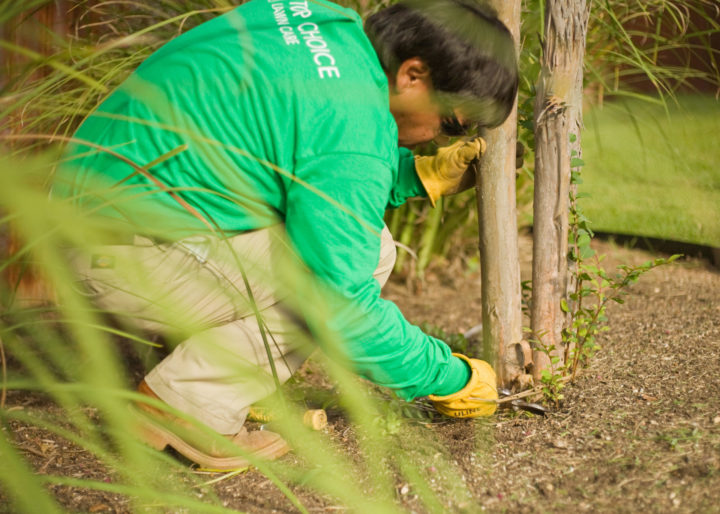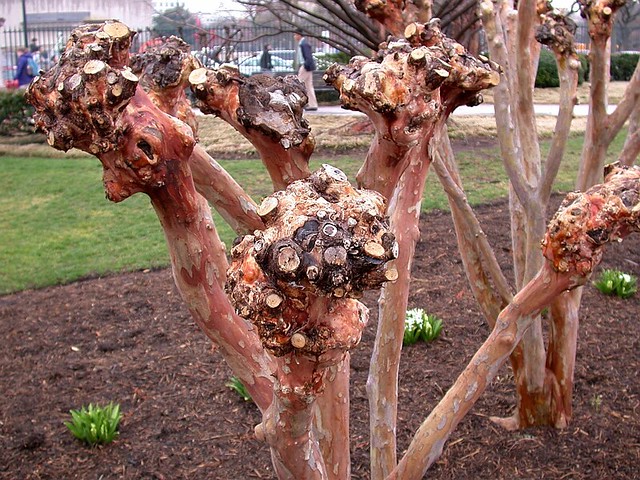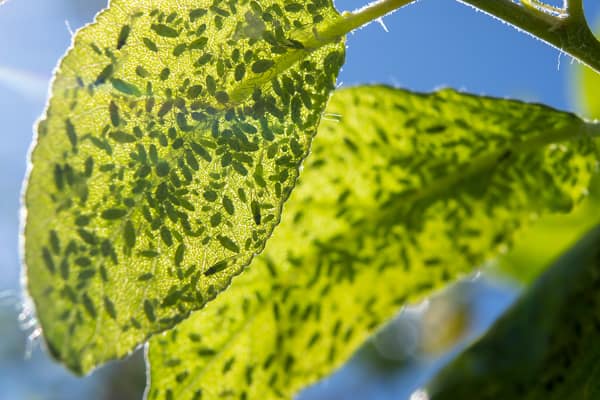Holly crepe! Is it that time of year again? A little TLC in the winter will pay off big time with healthy growth and beautiful crepe myrtle (crape myrtle) blooms come spring.
How do you prune a crepe myrtle?
Pruning crepe myrtles is no big secret. Many smaller trees are perfect candidates for a little DIY landscaping. Here’s how we do it:
How to Prune Crepe Myrtles in Austin
- Clean up the base
Remove any shoots and suckers that are growing from the base.
- Clean up the branches
Remove any dead, diseased, or crossing branches.
- Prune the branches
Prune back the previous year’s growth to 2-3 buds. This will encourage the growth of new shoots and create a fuller, bushier plant.
- Thin the canopy
Thin out the interior of the plant to promote air circulation and sunlight penetration.
- Shape the canopy
Cut back the remaining branches to the desired height, making sure to angle your cuts slightly upwards to encourage new growth.
One general rule of thumb — er, pinky: We don’t trim branches thicker than a pinky finger, unless we have a good reason (diseased or crossed branches).

When should you prune crepe myrtles in Austin?
It’s best to prune crepe myrtles in late winter or early spring before new growth begins, but you can really do light pruning year-round. Unlike Austin’s live oaks, they aren’t seasonally susceptible to problems like Oak Wilt.
Say “No” to crepe murder!
We never perform severe topping, which removes all branches and leaves large stubs. It can harm the plant and encourage disease! Lots of neighbors still practice this harmful “crepe murder,” but it’s not for us… Seriously, it looks terrible once it’s trimmed, and the regrowth doesn’t look much better.

How else can I care for my crepe myrtles?
Crepe myrtles are not native to the Americas (they actually hail from East Asia), but they have certainly a beautiful, resilient staple in Central Texas. They are well suited to our local climate and require fairly low maintenance.
Aside from annual pruning, we also recommend a fertilization and pest control program. Some common pests and diseases that affect crepe myrtles are:
- Aphids: Small, soft-bodied insects that can cause yellowing and wilting of leaves.
- Powdery Mildew: A fungal disease that causes a white, powdery growth on leaves and stems.
- Canker Diseases: Bacterial and fungal diseases that cause sunken, discolored areas on the bark and can lead to branch dieback.
- Scale insects: Hard-shelled pests that attach themselves to the bark of the tree and feed on sap, causing yellowing and wilting of leaves.
- Japanese Beetles: Metallic green beetles that feed on the leaves and flowers, causing significant damage.

Regular monitoring and timely intervention can help control pests and diseases and keep your crepe myrtles healthy. Proper cultural practices, such as proper watering and pruning, can also help prevent pest and disease problems.
A side note on “crepe” vs “crape”
If you’re a tree nerd like us, you might be interested to know that both “crepe” and “crape myrtle” are correct spellings. A quick Google Trends comparison shows us that while the two started on more equal footing, today, people use an “E” almost twice as much as “A.”

The various spellings are also a regional thing, with more use of “A” in the northwestern(ish) states, including Utah. One of our owners is from Utah (Golden), so that may explain why he’s so passionate about this issue.

Need a Hand?
Want us to handle the trimming so you don’t have to second-guess your pruning skills?

